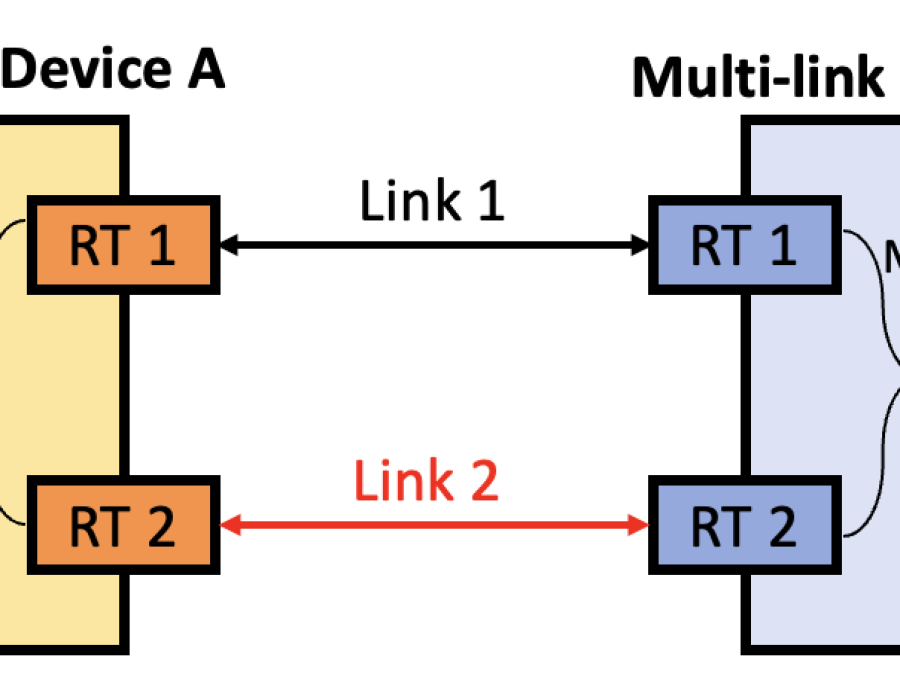Wi-Fi Protected Access (WPA) is a security protocol designed to secure wireless computer networks. It serves as an improvement over the earlier WEP (Wired Equivalent Privacy) protocol and aims to provide stronger data protection and network access control. Here's an in-depth look at Wi-Fi Protected Access (WPA), its versions, features, and benefits:
Understanding Wi-Fi Protected Access (WPA)
Wi-Fi protected access was introduced in response to the vulnerabilities found in WEP, which could be exploited by attackers to intercept and decrypt wireless data packets. WPA was developed to address these security flaws and provide a more robust encryption method for Wi-Fi networks.
Versions of WPA
WPA: The first version of WPA was introduced as an interim solution before the development of WPA2. It used TKIP (Temporal Key Integrity Protocol) for encryption and provided stronger security than WEP.
WPA2: WPA2 is the current standard for securing Wi-Fi networks and is widely used worldwide. It utilizes the AES (Advanced Encryption Standard) protocol for encryption, which is considered highly secure. WPA2 is the recommended security standard for protecting modern Wi-Fi networks.
Key Features of WPA/WPA2
Encryption: WPA and WPA2 use strong encryption algorithms to protect wireless communications. WPA uses TKIP or AES, while WPA2 exclusively uses AES encryption.
Key Management: Both WPA and WPA2 employ robust key management mechanisms to generate and distribute encryption keys securely.
Authentication: WPA/WPA2 supports various authentication methods, including pre-shared keys (PSK) and enterprise-grade authentication with a RADIUS server. This allows for secure user authentication and access control.
Dynamic Key Renewal: WPA/WPA2 periodically changes encryption keys during communication sessions, enhancing security by reducing the risk of key compromise.
Data Integrity: WPA/WPA2 ensures the integrity of transmitted data, detecting and rejecting any tampered or modified packets.
Network Access Control: These protocols include mechanisms for controlling access to the network, preventing unauthorized devices from connecting.
Benefits of WPA/WPA2
Enhanced Security: WPA/WPA2 significantly improves wireless network security compared to the vulnerable WEP protocol. The use of strong encryption algorithms and key management enhances data protection.
Data Confidentiality: By encrypting data transmitted over the wireless network, WPA/WPA2 ensures that sensitive information remains confidential and secure from eavesdropping.
Access Control: WPA/WPA2 allows network administrators to control who can access the network, either through pre-shared keys (PSK) or enterprise-grade authentication methods.
Compliance: Many regulatory standards, such as PCI DSS (Payment Card Industry Data Security Standard), mandate the use of WPA2 for securing wireless networks, ensuring compliance with security requirements.
Interoperability: WPA/WPA2 is widely supported by most modern Wi-Fi devices and routers, ensuring compatibility across a range of devices and manufacturers.
Conclusion
Wi-Fi Protected Access (WPA/WPA2) is a crucial security protocol for protecting wireless networks against unauthorized access and data breaches. With its strong encryption, key management, authentication mechanisms, and access control features, WPA/WPA2 provides a robust security framework for modern Wi-Fi networks. Implementing WPA/WPA2 helps safeguard sensitive data, ensures data confidentiality, and maintains compliance with security standards. For individuals and organizations, using WPA/WPA2 is essential to create a secure and reliable wireless network environment.
For more info. visit us:
fastest wireless access points





Comments